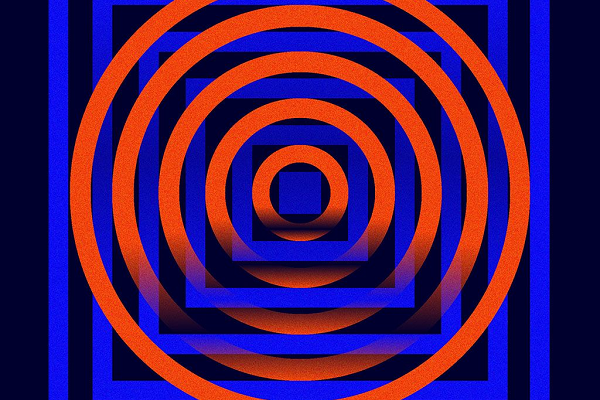OpenAI Unveils Tool for Detecting AI Writing
 OpenAI has released a tool for detecting text written by generative AI models like GPT-3 and its conversational derivative ChatGPT. The new ‘classifier’ is trained to spot the difference between AI and human compositions as a way of authenticating text, though the company admitted it’s still under development and not yet always able to accurately distinguish one from the other.
OpenAI has released a tool for detecting text written by generative AI models like GPT-3 and its conversational derivative ChatGPT. The new ‘classifier’ is trained to spot the difference between AI and human compositions as a way of authenticating text, though the company admitted it’s still under development and not yet always able to accurately distinguish one from the other.
Deepfake Classifier
Though promising enough to share with the public, OpenAI’s tool has some way to go before it can be called authoritative. OpenAI’s own test found that the tool could correctly spot 26% of texts written by AI, with 9% of the writing by humans falsely tagged as AI-written. Inputting longer texts, more than 1,000 characters, raised the accuracy rate, though there’s no simple correspondence in word count to accuracy. Despite those shortcomings, OpenAI boasted that the new iteration of the classifier is far better at spotting AI-written text from recent generative AI models than the last one.
“While it is impossible to reliably detect all AI-written text, we believe good classifiers can inform mitigations for false claims that AI-generated text was written by a human: for example, running automated misinformation campaigns, using AI tools for academic dishonesty, and positioning an AI chatbot as a human,” OpenAI explained in announcing the tool. “We’re making this classifier publicly available to get feedback on whether imperfect tools like this one are useful. Our work on the detection of AI-generated text will continue, and we hope to share improved methods in the future.”
Interest in generative AI detection tools has risen in tandem with the technology, spurred by the recent explosion of public awareness. Companies and independent developers are experimenting with how best to trace text, as well as images and other media, to AI. Princeton student Edward Tian recently drew plenty of attention for creating GPTZero, which has had some success in spotting AI authorship based on elements like randomness and complexity of the language. OpenAI has obvious advantages over third-party developers, but it’s likely there will be a rush to produce related tools. OpenAI and other generative AI developers will also face pressure from regulatory agencies to come up with authentication solutions. British and American lawmakers are already raising the question, and the Chinese government has already insisting that synthetic media indicate its AI origins.
Follow @voicebotaiFollow @erichschwartz








